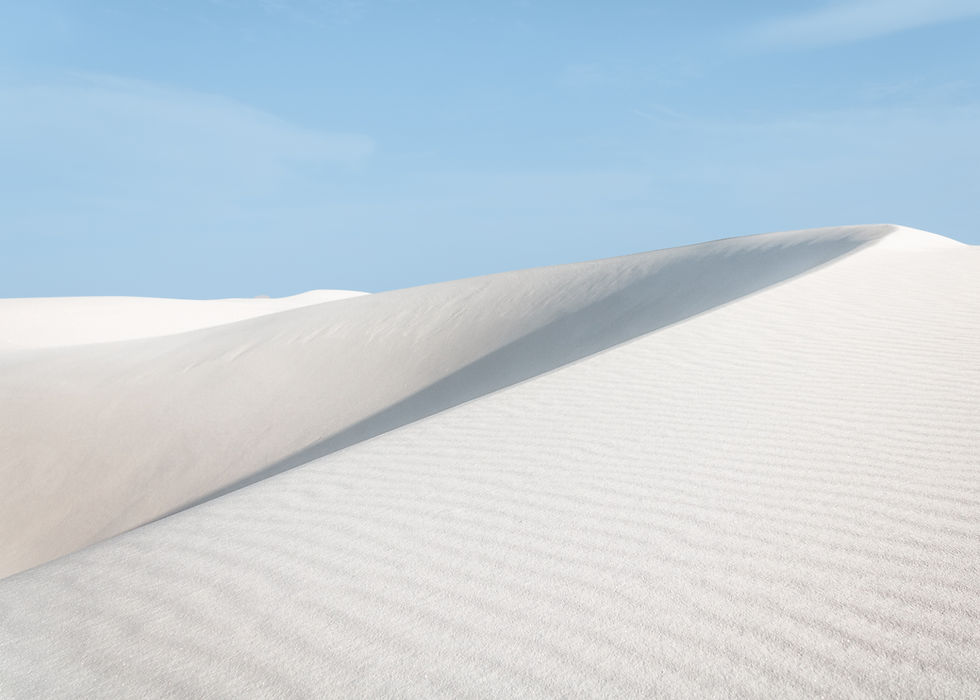

ALOHA ISLAND WEDDINGS
Call: 808 294 9385 E-Mail: infi8ity@gmail.com
HAWAI'I BEACH WEDDING
"Ua mau ke Ea oka aina i ka pono oh Hawaii"
" May the life of the land be perpetuated in Love*
Best viewed on a Desktop or Laptop & Refresh
Music on


Hula
Dancer
Ukulele


The Spiritual Aspects of the Hawaiian Hula
The Hawaiian hula is deeply rooted in spirituality and often serves as a form of worship. Ancient Hawaiians believed that everything in the world is interconnected, and the hula is a way to pay homage to the gods and goddesses who govern these realms. The rhythms and chants that accompany the hula act as a conduit for divine energy, inviting the deities to bless the dancers and the audience.
One of the most prominent deities honored through the hula is Laka, the goddess of hula and fertility. Laka is believed to bestow her blessings upon those who perform the hula with sincerity and reverence. Dancers often offer prayers and make offerings to Laka before their performances, seeking her guidance and inspiration. Through their movements and gestures, they embody the essence of Laka, inviting her divine presence to fill the space.
Moreover, the hula is not only a means of connecting with the gods but also a way to commune with nature. Ancient Hawaiians revered the natural world and believed that every element, from the mountains to the ocean, possessed its own spiritual energy. When dancers perform the hula, they channel the essence of these natural elements, embodying the strength of the mountains, the grace of the ocean waves, and the vitality of the forests.
Additionally, the hula is a form of meditation and a means of achieving inner peace. The synchronized movements and rhythmic breathing enable dancers to enter a trance-like state, where they can temporarily transcend their physical bodies and connect with something greater than themselves. Through this profound spiritual experience, dancers find solace, healing, and a deeper understanding of their place in the world.
During the hula, dancers often focus their thoughts on specific intentions or desires, using the power of their movements and the energy of the dance to manifest their dreams. This practice is known as hula mana, where mana refers to the spiritual power that flows through all things. By harnessing this mana, dancers believe they can bring about positive change in their lives and in the world around them.
Furthermore, the hula is not limited to performance settings. It is also practiced in more intimate settings, such as family gatherings and ceremonies. In these contexts, the hula becomes a way to honor ancestors and connect with the spirits of loved ones who have passed away. Through the hula, participants can create a sacred space where they can commune with their ancestors, seeking their guidance and blessings.
In conclusion, the Hawaiian hula is not merely a dance form but a profound spiritual practice. It serves as a gateway to the divine, allowing dancers to connect with the gods, nature, and their own inner selves. Through the hula, they find solace, healing, and a deeper understanding of their place in the world. Whether performed on a grand stage or in an intimate gathering, the hula is a powerful expression of spirituality and a testament to the rich cultural heritage of Hawaii


Ancient Hula
Among the various styles of hula, ancient hula holds a special place. This traditional form of hula dates back centuries and is a window into the past, offering a glimpse into the lives and customs of the Hawaiian people of old. Ancient hula often incorporates ancient chants passed down through generations, bringing to life the stories and legends of a bygone era.
Preserving and practicing ancient hula is essential, as it ensures that the traditions and heritage of the Hawaiian people are carried forward. Through learning and performing ancient hula, dancers not only connect with their ancestors but also pay homage to the rich cultural tapestry that is Hawaii.
In conclusion, the Hawaiian hula dance is a multifaceted art form that encompasses history, spirituality, and cultural significance. The hula is more than just a dance; it is a conduit for storytelling, a means of worship, and a celebration of heritage. Its beauty and depth continue to captivate audiences worldwide, making the Hawaiian hula an enduring symbol of Hawaiian culture.















 |  |  |  |  |  |  |
|---|---|---|---|---|---|---|
 |  |  |  |

Wedding Music & Entertainment
for your wedding












































